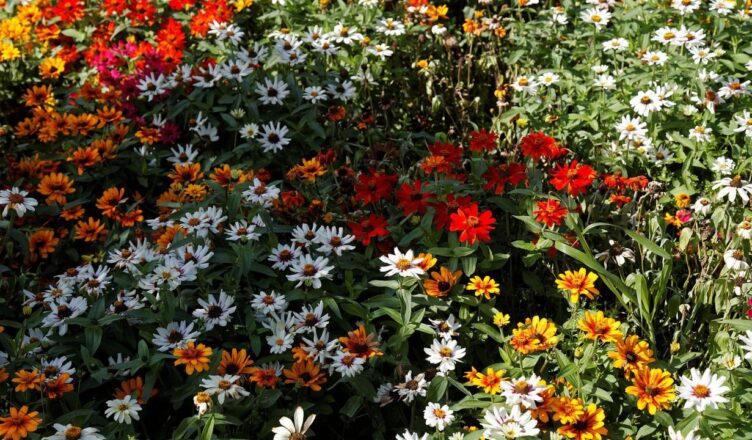Who doesn’t love year-round color? Adding flowers to the garden, whether perennials or seasonal annuals, is a great way to add color to any outdoor space.
These blooming beauties offer bright cheer during cold or dreary months and make any yard look unique. Knowing when to plant certain blooms is the tough part, and it varies greatly by hardiness zone.
A careful selection of bulbs that bloom year-round will give you a constant floral display from spring through fall. Incorporating this diverse selection of spring, summer, and fall blooming bulbs creates a vibrant, colorful oasis that will delight you and guests from the first signs of spring through the final days of autumn.
Early Spring

Snowdrops
These dainty little flowers look exactly like their name. When they bloom, they look like clusters of snow droplets. If you can only find bulbs, plant them in the fall. Most early spring flowers should be planted at varying points in the fall so the bulbs have time to germinate before they bloom.
Aconite
Also known as wolf’s bane, you might recognize this plant from a list of potion ingredients in Harry Potter. Its bright, sunny flowers bring some much-needed color in late winter and early spring. Although beautiful, it’s known as the queen of poisons for a reason. Because they’re so fatal, their best function is beauty, and indeed, they don’t touch capacity in a look. These plants also seed freely, making for easy growth and vast carpets of their golden petals. If you have pets who like to poke around your plants, you’re better off choosing other year-long flowers for your garden.
Glory of the Snow
Although the glory of the snow comes from the asparagus family, much like aconite, it is not edible. Its full name is Lucille’s Glory of the Snow, named after the original botanist Bossier’s late wife. His starburst-shaped blooms have white centers with cool blue edges. They are ideal for wintertime because of how easily they bloom, but they also do wonders for naturalizing lawns and preparing a garden for mid to late spring.
Mid-Spring
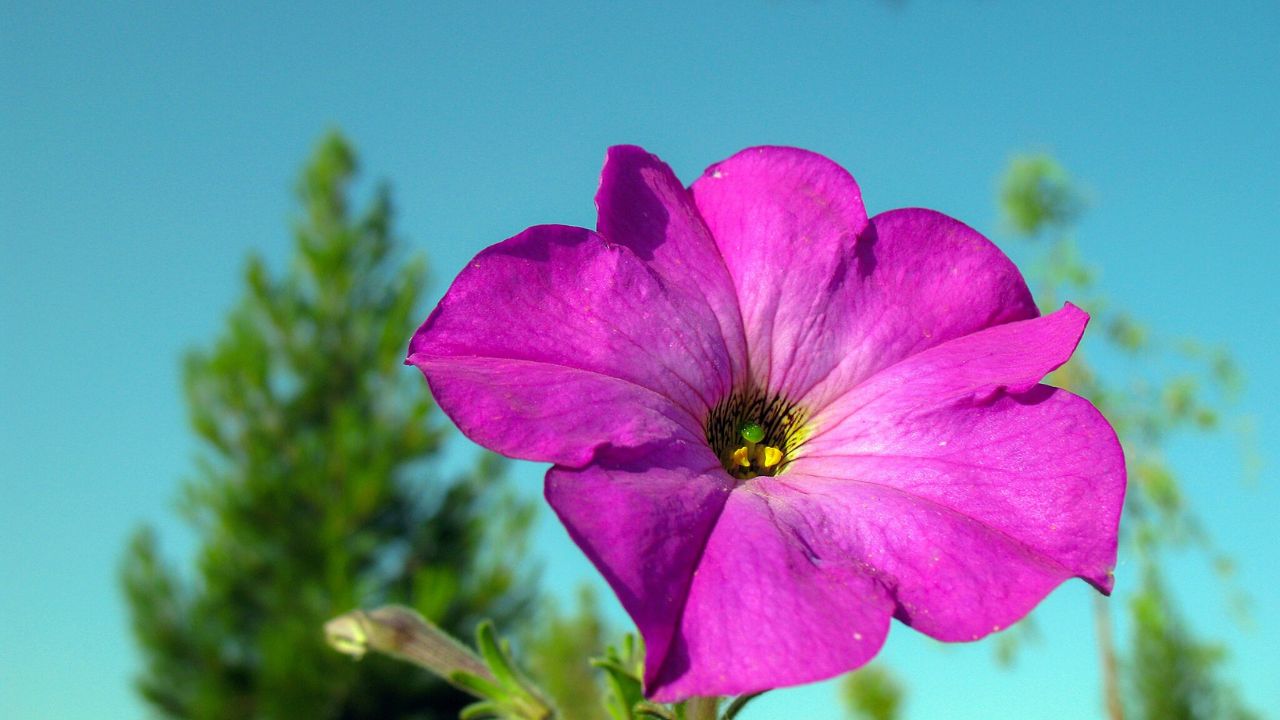
Daffodils
These gorgeous beauties most often come in bright yellow. They also come in soft whites and are often referred to as Narcissus. Although they can bloom earlier than mid-spring, it largely depends on the frost in your area. The surest thing to kill a daffodil is heat. Frostiness doesn’t stop these sunny blooms from emerging, making them a perfect addition to your other year-long flowers. I keep these around season after season by deadheading them.
Tulips
Tulips have been a spring favorite for generations and come in many varieties. Their blooms are so rare that people went into debt due to ‘tulip fever.’ Whether it’s a solid purple, yellow, red, or pink or a striped cultivar you’re seeking, tulips are reminiscent of spring finally taking over from winter. Like daffodils, these plants are perennial and will regrow in the following years, making them preferable for easy-to-tend gardens.
Hyacinths
Hyacinths come in two primary shades: pink and blue. Soil acidity determines the color of these blossoms. Depending on the variety and level of care, they can grow several feet tall. They are also quickly propagated through bulb division or seeds, making them great gifts or a side hustle opportunity for people who want to become casual flower farmers. As perennials, they are easy to grow, too.
Late Spring
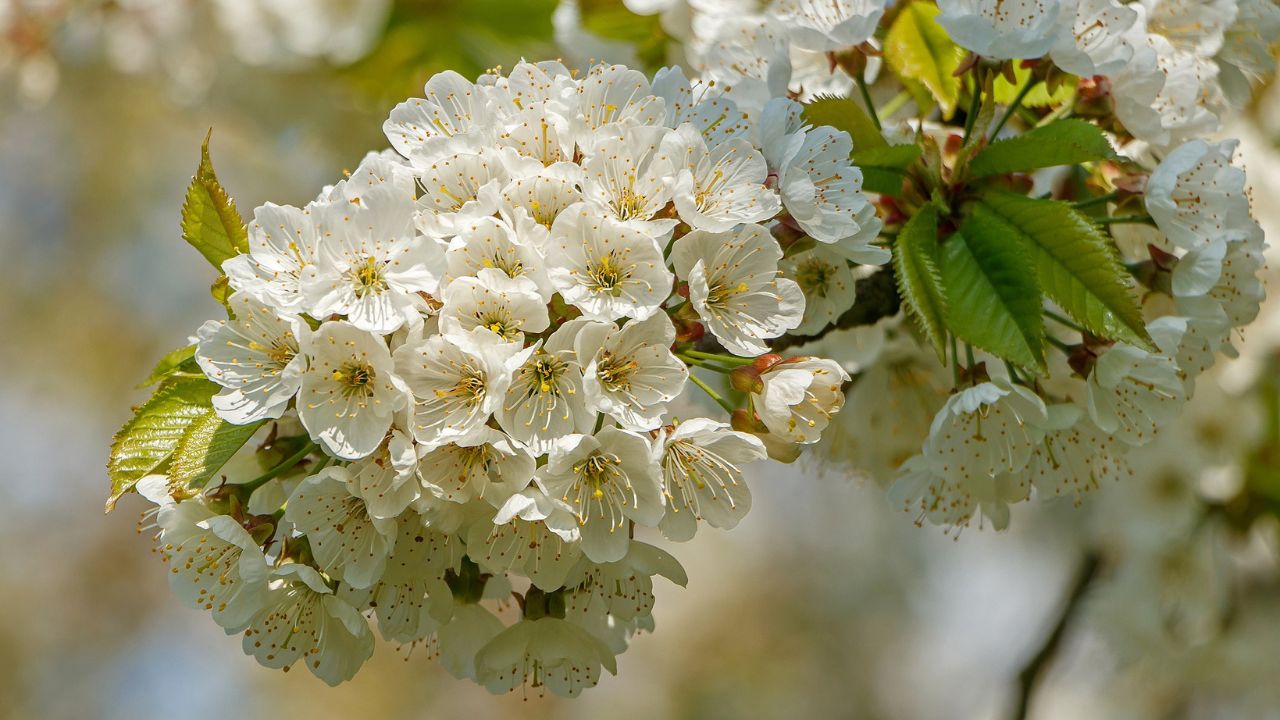
Allium
These plants bloom in large clusters of tiny blossoms, which makes them popular with pollinators and creates a nice visual effect as their long stems grow well over shorter flowers. They come in bright shades of violet and white. They like full sun, so avoid planting them before the first frost to avoid overly soggy rotten bulbs. These are also perennials and ideal for gardeners seeking year-long flowers.
Iris
These bright and showy flowers grow yearly, making them ideal for many gardens. Although they prefer full sun, hot climates will make them wither over time. They will grow as far south as Texas but may not last the whole summer due to excessive heat waves, making them more of a late spring and early summer flower. Well-draining soil and tons of water will ensure these bright beauties last through the season.
Peonies
These famous blossoms come in many varieties. Their full heads are beautiful both when still closed and open. Once in full bloom, they make for popular bouquets and flower arrangements, as they can be fluffed and fluffed for an even fuller effect. Peonies are all perennials, and when taken care of, they are known to outlive most people as they could regrow for over a century.
Early Summer
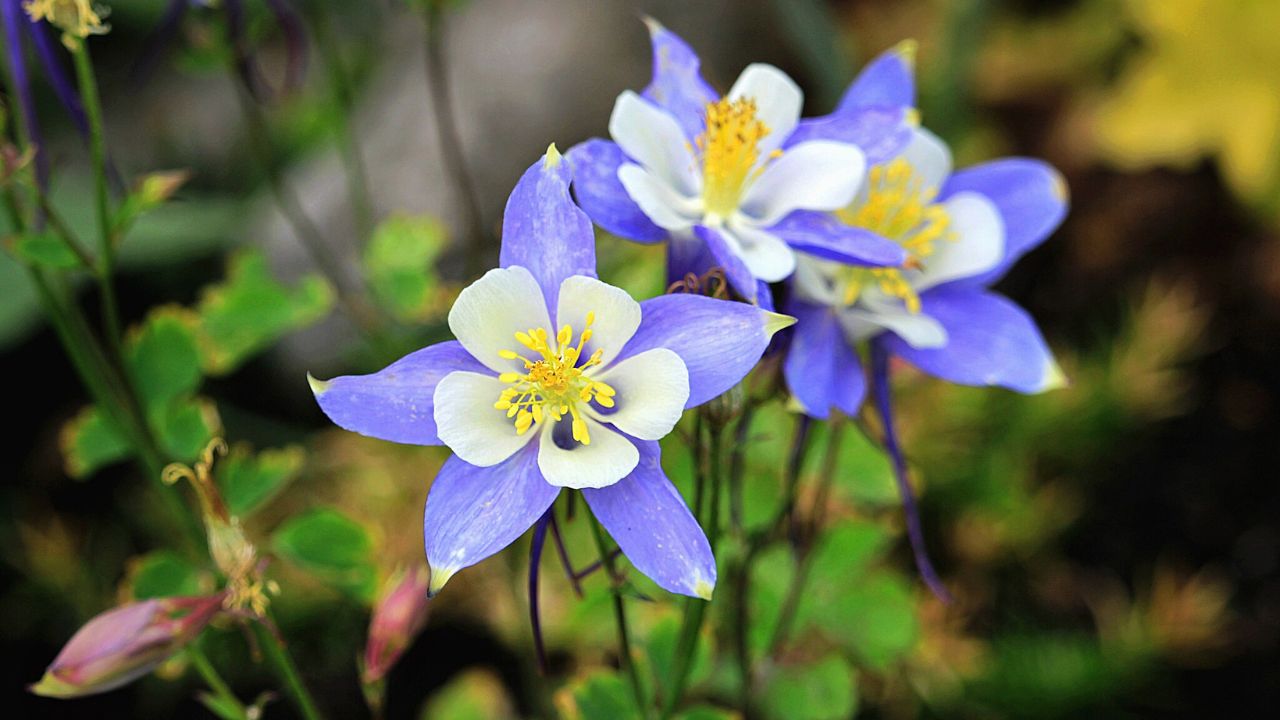
Lilies
It’s no surprise that these beauties love full sun. As an early summer flower, they need a solid 6 hours or more of sunlight a day. However, avoid drying out or cooking their roots. Most gardeners’ general rule is “head in the sun, feet in the shade.” Unfortunately, these beauties only bloom once a year, but they can last several weeks, depending on the level of care you provide.
Dahlias
These beauties only take around 90 days or so to bloom after planting. That means as long as they’re in the ground well after the first frost, you’ll likely see some beautiful varieties of black, red, pink, purple, and more. Although they can grow in the shade, they prefer almost a full day of sun. For less extreme winters, the bulbs can be left in the ground for next year’s garden.
Gladiolus
If you want the brightest year-long flowers, gladiolus planted in full sun can provide a gorgeous touch. Ensure the soil drains well, and the blooms will be gladder than ever. Plant these in spring, as they are relatively fast-growing like Dahlias. If you want these beauties blooming all summer, ensure the total sun exposure doesn’t dry them out with a consistent watering schedule.
Mid-Summer
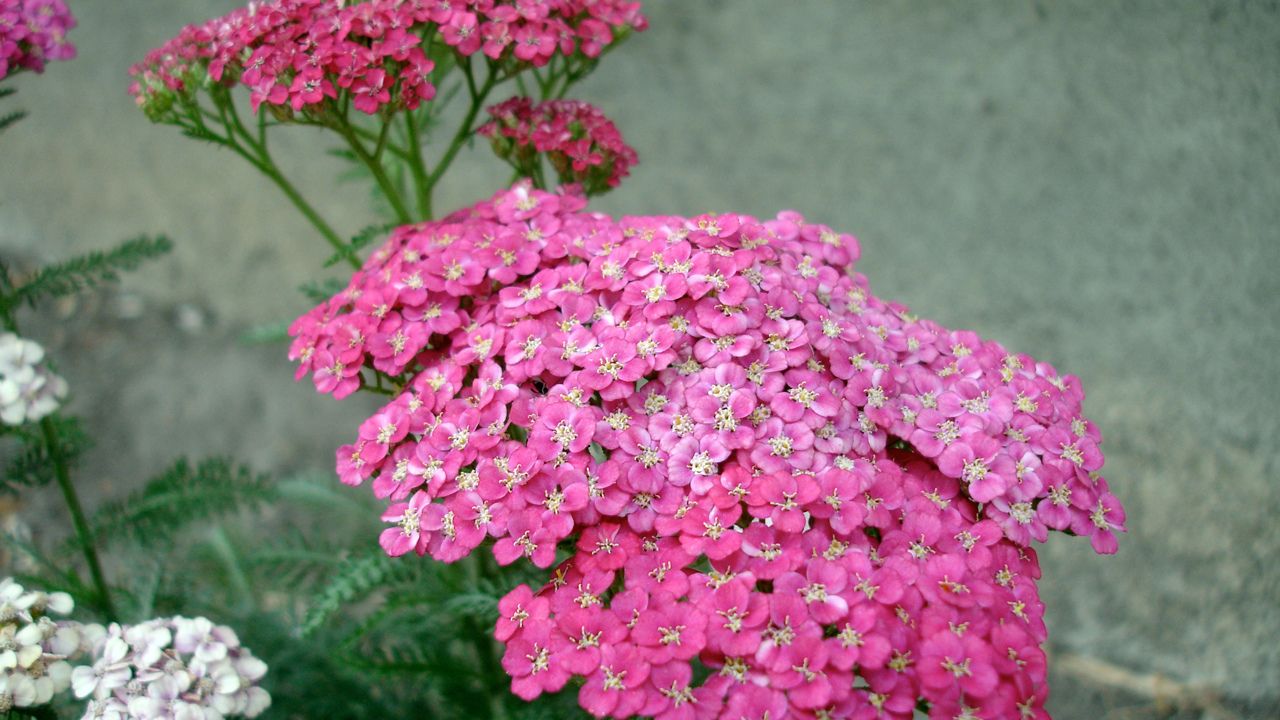
Sunflowers
Considering it has sun in the name, it’s no wonder sunflowers love total daylight exposure all day. They grow wild, and they grow in gardens. They are also allelopathic, so put them in pots or areas where you don’t plan to plant any other flowers anytime soon. Their roots also suck up waste in the soil, which is ideal if you have contaminated garden beds.
Canna Lilies
As tropical plants, lots of sun helps canna lilies bloom. This particular varietal does well with shade and filtered sunlight later in the day. Although lilies and their name are not truly lilies, they have rhizome structures more like irises, meaning they cannot multiply independently. You must divide the bulbs if you want to propagate existing canna lilies.
Crocosmia
These grow well next to Dahlias. With the right color combination, you can have some bright red, orange, or yellow blossoming Crocosmia contrasted with other vibrant florals. These perennials can potentially overcrowd a space, so make sure to deadhead these blossoms if you don’t want them to self-seed. Removing them in late summer or early autumn prevents more spread than you might wish.
Late Summer
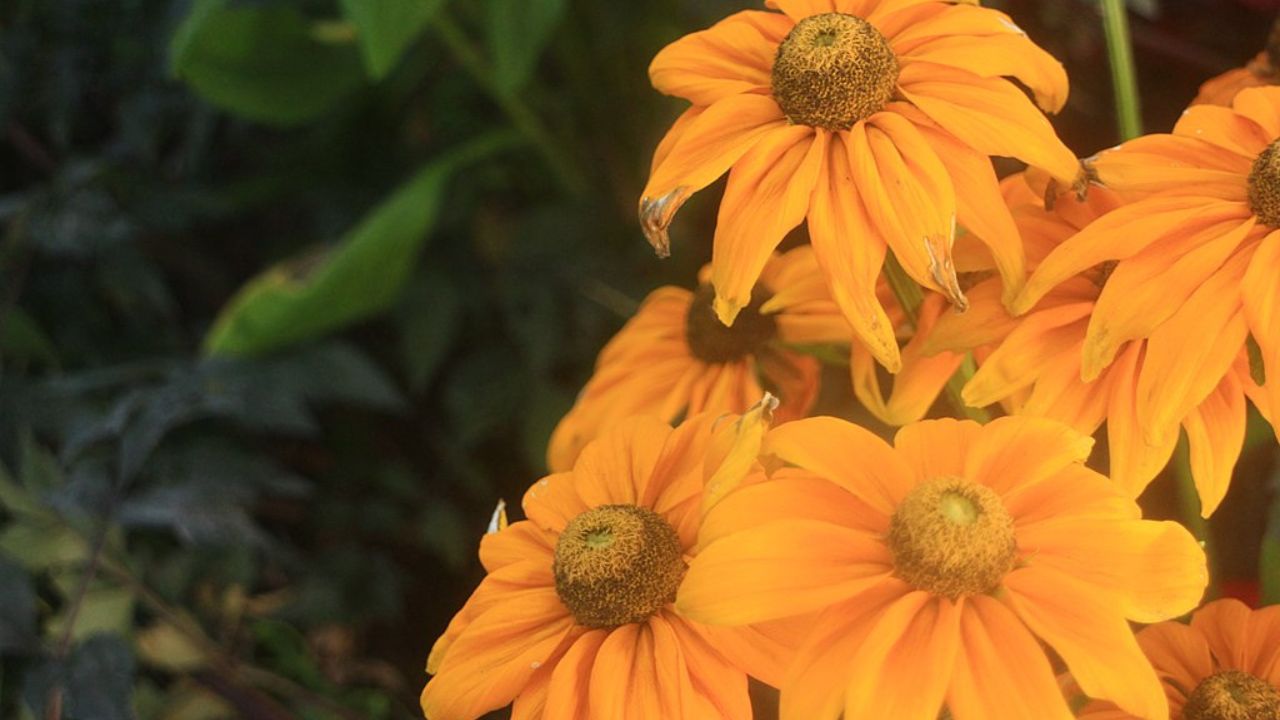
Begonias
These delicate florals come in warm hues. Expect shades of orange, yellow, peach, pink, or red. They prefer partial sun and shade and need well-draining soil, making them ideal for hanging basket flowers. Container planting also allows you to keep them in the ground and bring them into your home or a greenhouse to protect the bulbs.
Chocolate Cosmos
Most cosmos grow from seeds as annual blossoms, but a chocolate cosmos comes from a small bulb. Its dark brown center and ruby-red edges make it look like cocoa, giving it its name. These love full sun, as they’re from Mexico and naturally experience hot summers.
Peacock Orchid
These orchid look-alikes benefit from a bright single bloom and a purple center without the same intensive care. Because these are related to gladiolus, they’re hardier than actual orchids and are perennial. They’re also known as the Abyssinian sword Lily or Abyssinian Star, based on their original home in East Africa.
Early Fall
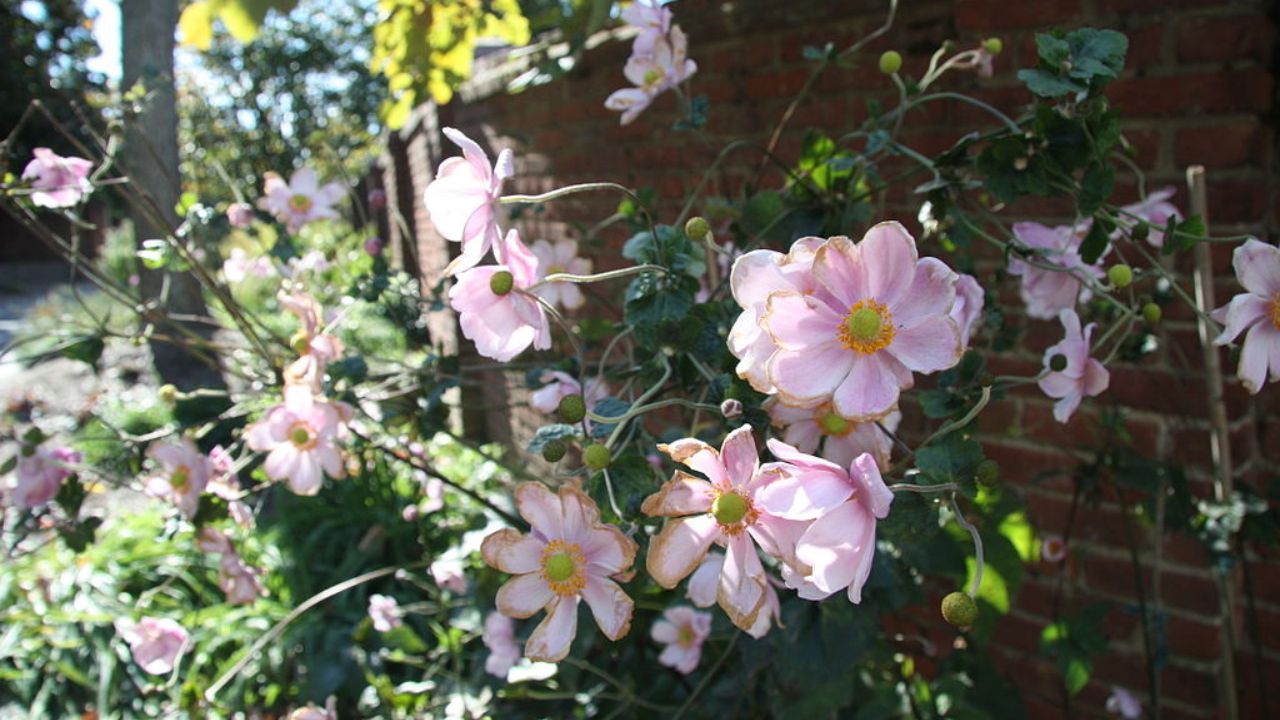
Autumn Crocus
If you’re in the mood for another deadly beauty later in the year, look no further than the Autumn Crocus. Like aconite, even touching these blooms can cause health problems. When planting the bulbs, make sure to wear gardening gloves. Although some variants offer edible spices, research before assuming you can eat your version of autumn crocus.
Colchicum
If you want to show your larger version of the Autumn crocus, look at this plant. They produce 5 to 10 stocks with only a single flower. Unlike Autumn crocuses, this variant is in the lily family. It’s also inedible, unlike some crocus variants (e.g., saffron crocus).
Nerines
Another African native, its bright pink flowers require dry soil. Because of their origin, they’re also heartier than some other summer plants. Poor-quality soil isn’t a deterrent for these blooms. These plants are happy in pots, making them suitable for indoor and outdoor seasonal transfers based on cool or heat.
Late Fall
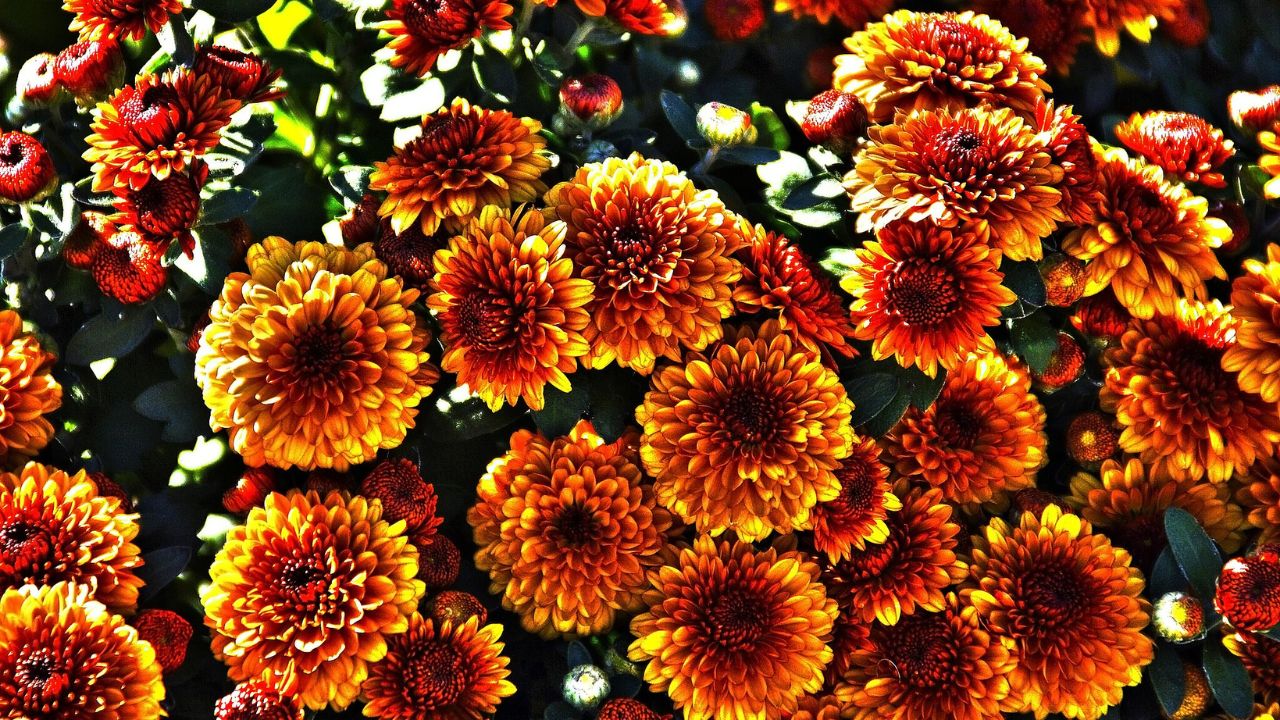
Cyclamen
These late bloomers come in bright shades of pink and red. They love living in pots and can bloom for up to four weeks, making them ideal for late planting in the fall. On the outside, keeping them in a plant makes it very easy to move them inside during a quick temperature drop.
Sternbergia
All of these look like a yellow variance of an Autumn crocus or a weird tulip cousin; they’re actually in the same family as the daffodil. It gets even more confusing with their name variants of autumn daffodil and yellow autumn crocus. These little yellow plants are like full sun with partial shade. Please don’t leave them in direct sunlight all day; they might get a little crispy.
Amaryllis
These scarlet trumpets come in multiple hues, often red, white, pink, orange, and yellow. Even though they look like lilies, they are not in the same plant family. They are perennials and will thrive naturally in the right conditions. If you want them to return yearly, consider potting them and bringing them indoors as winter approaches.

